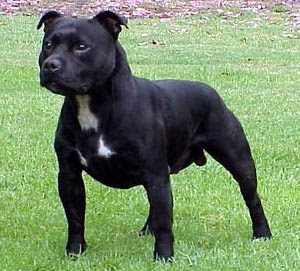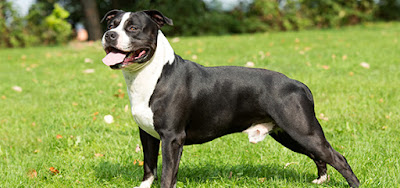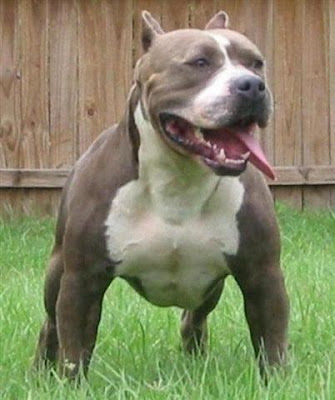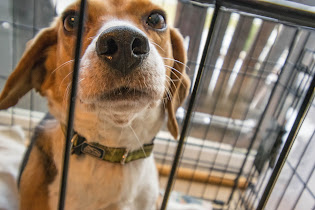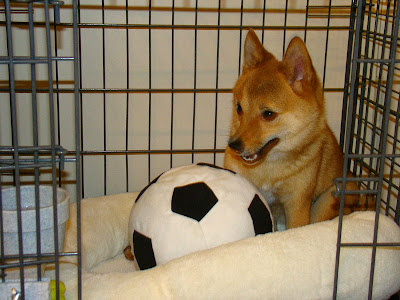Australian Stumpy Tail Cattle Dog - The Australian Stumpy Tail Cattle Dog, also known as the Stumpy, is a unique breed of dog that was developed in Australia. They are highly valued for their ability to herd and work with livestock, and their stumpy tail is one of their defining characteristics.
History of the Australian Stumpy Tail Cattle Dog
The Australian Stumpy Tail Cattle Dog is believed to have been developed in the 19th century in the Australian outback. The breed was created by crossing several breeds of dogs, including the Dingo, Bull Terrier, and Collie.
The breed was originally developed for cattle herding, as they were highly valued for their intelligence, endurance, and natural herding instincts. The Stumpy's stumpy tail was an intentional trait, as it made them less vulnerable to injury while working with livestock.
The breed was recognized by the Australian National Kennel Council in 1988 and has since gained popularity as both a working dog and a family pet.
Characteristics of the Australian Stumpy Tail Cattle Dog
The Australian Stumpy Tail Cattle Dog is a medium-sized dog that typically weighs between 35 and 50 pounds and stands between 17 and 20 inches tall at the shoulder. They have a muscular build and a short, dense coat that comes in shades of blue, red, or speckled.
One of the defining characteristics of the breed is their stumpy tail, which is typically only a few inches long. The tail is thick at the base and tapers towards the end.
The breed is highly intelligent and trainable. They have a strong work ethic and are highly valued for their ability to herd and work with livestock. They are also loyal and affectionate with their families and make great companions for those who lead an active lifestyle.
Facts about the Australian Stumpy Tail Cattle Dog
The Australian Stumpy Tail Cattle Dog requires regular exercise and mental stimulation to keep them healthy and happy. They excel in obedience training and are also highly skilled in agility and other dog sports.
The breed has a strong prey drive and may chase small animals or livestock if not properly trained and socialized. It's important to supervise them when they are outside and provide them with plenty of exercise and mental stimulation to prevent them from becoming bored or destructive.
The Stumpy's stumpy tail is an intentional trait, but it is not a sign of a docked tail. The breed is born with a naturally short tail, which is a result of their breeding history and purpose.
Conclusion
The Australian Stumpy Tail Cattle Dog is a unique and highly valued breed of dog that was developed in Australia for cattle herding. They are highly intelligent and trainable, and their stumpy tail is one of their defining characteristics.
The breed requires regular exercise and mental stimulation to keep them happy and healthy. They are loyal and affectionate with their families and make great companions for those who lead an active lifestyle.
If you are considering adding an Australian Stumpy Tail Cattle Dog to your family, be sure to work with a reputable breeder and provide them with plenty of love and attention. With proper care and attention, the Stumpy can be a wonderful addition to any home.

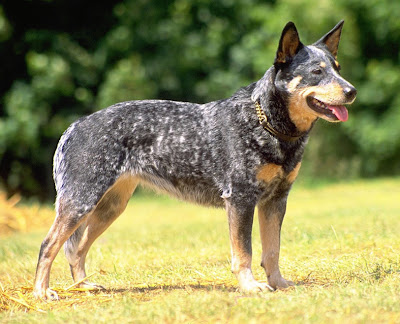
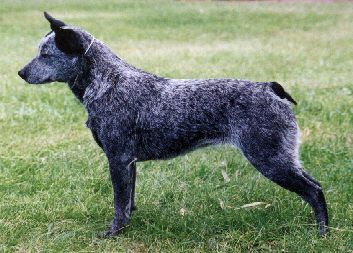



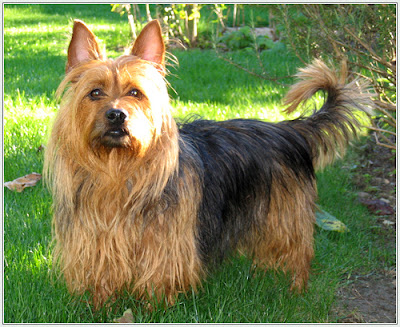
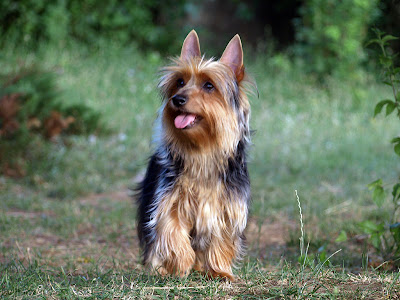



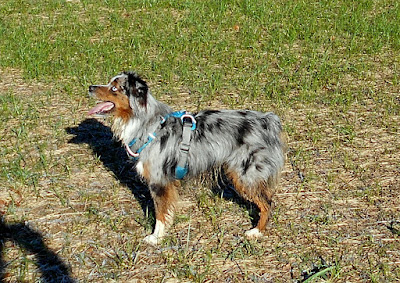







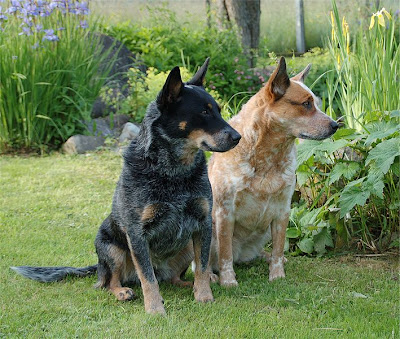


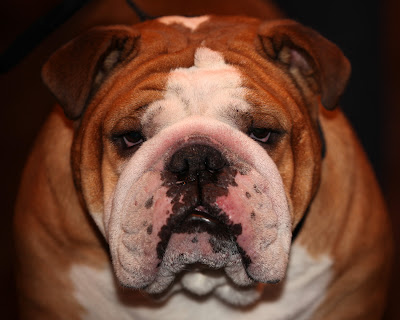


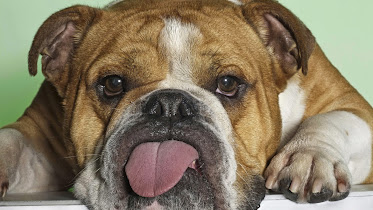
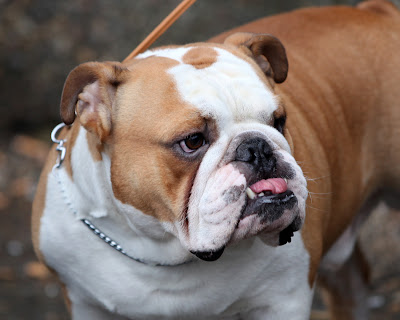
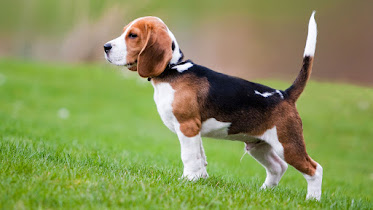
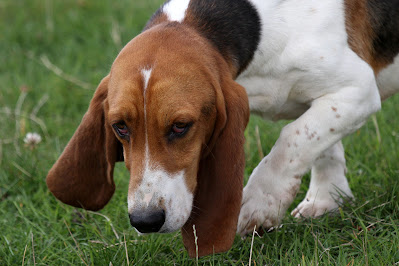
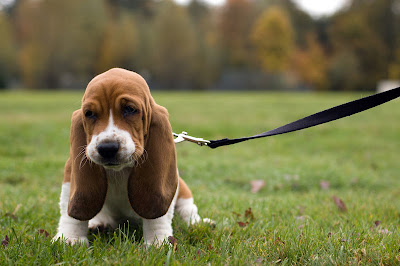
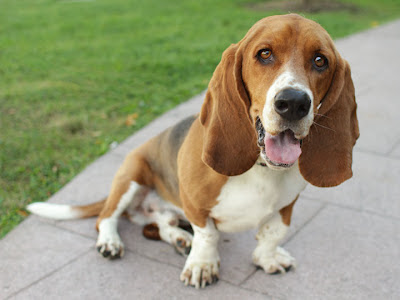

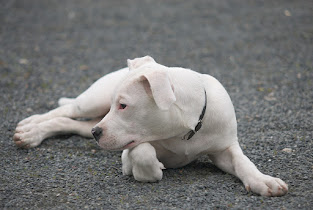

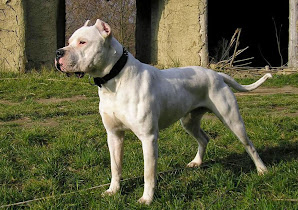

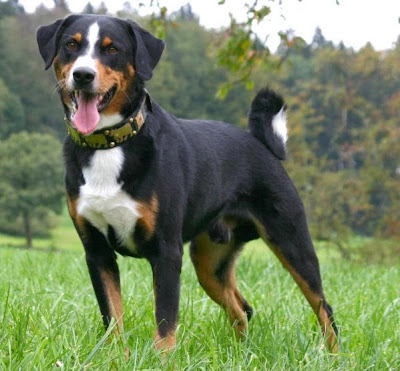

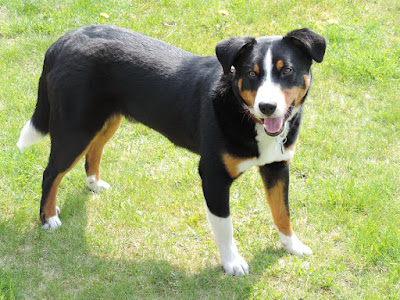


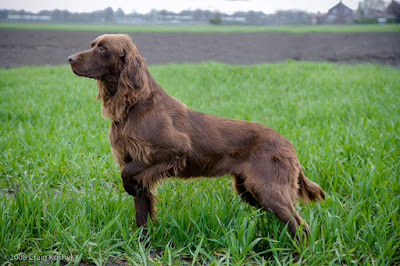
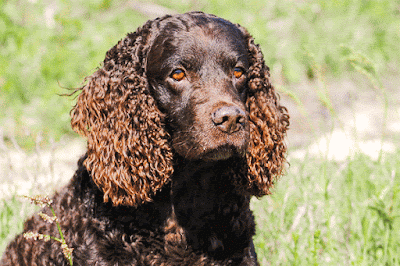

+55.jpg)
